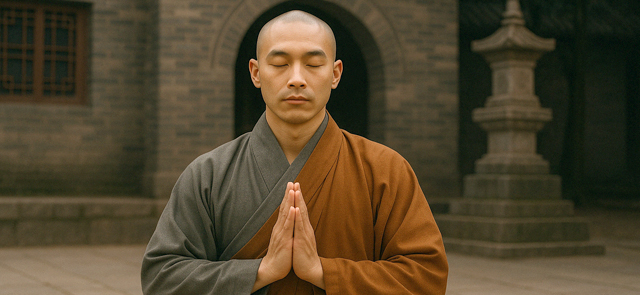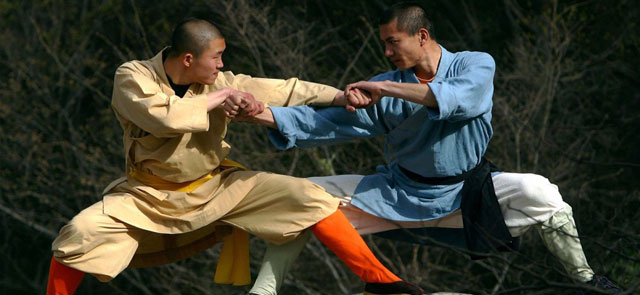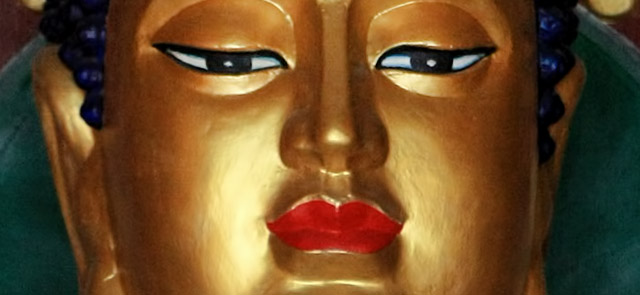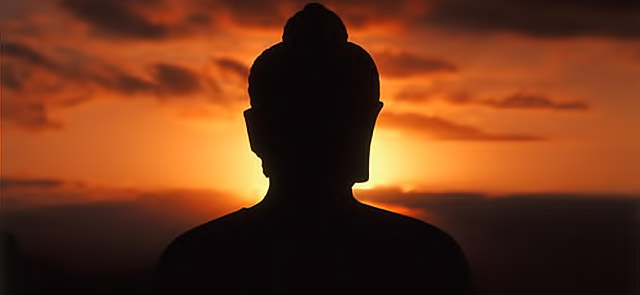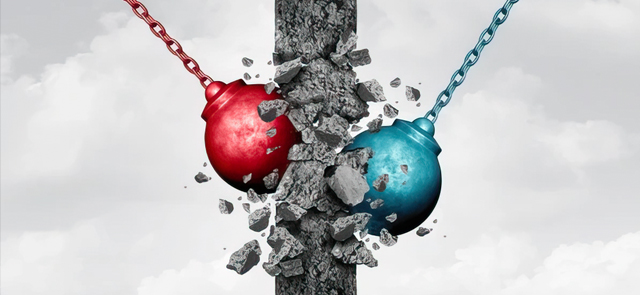Shaolin Kung Fu, with its roots stretching back over 1,500 years, is far more than a martial art. It is a living philosophy—a way of life deeply infused with Buddhist teachings, mental discipline, and spiritual growth. Among the many virtues practiced by Shaolin monks, humility stands as one of the most essential. It is not just a moral trait; it is the foundation upon which true mastery is built. In fact, the superiority of humility in Shaolin Kung Fu lies in its ability to transform a fighter into a sage, a practitioner into a warrior-monk.
Humility as the Gateway to Mastery
At the heart of Shaolin training is the understanding that arrogance blocks growth. A student who believes they know enough cannot learn. But a humble student, one who approaches every lesson as a beginner—no matter their level—creates space for continuous refinement. In the Shaolin temple, even the most senior monks bow to their juniors, not out of obligation, but out of deep respect for the path and the shared discipline.
Humility in Shaolin is not self-deprecation; it is self-awareness. It is the quiet strength of knowing one’s abilities and limitations, and the discipline to keep refining both. This mindset fosters not only technical growth but also emotional resilience—an essential trait in both combat and life.
The Silent Power in Combat
In battle, humility grants clarity. An arrogant fighter is distracted by pride and the need to prove themselves. A humble warrior, however, is calm and observant, responding rather than reacting. They are not bound by ego, so their movements are efficient, precise, and controlled. This is why, in many martial arts legends, the most dangerous fighter is often the one who seems the most unassuming.
In the Shaolin tradition, the goal of Kung Fu is not to defeat others but to conquer the self. When humility leads, every sparring session becomes a mirror for self-improvement rather than a contest of domination.
Harmony with Buddhist Philosophy
Shaolin Kung Fu is inseparable from Chan (Zen) Buddhism. One of the core tenets of Chan is the letting go of ego. Humility is thus not an accessory virtue—it is a spiritual necessity. A monk who trains without humility risks turning their Kung Fu into mere violence. But a monk who trains with humility turns each strike into meditation, each form into prayer.
The humility practiced by Shaolin monks is deeply tied to compassion. They are trained to protect, not provoke. They are taught to walk away when possible, and to fight only when necessary—and even then, to fight without hatred. This self-restraint is not weakness; it is mastery in its highest form.
Modern Relevance
In today’s world, where martial arts are often commercialized and turned into spectacles of bravado, the Shaolin emphasis on humility stands as a powerful counterbalance. It reminds us that true strength does not need to shout. That mastery is not about titles or belts, but about inner balance.
Whether one trains in Shaolin Kung Fu or simply draws inspiration from its teachings, the lesson is clear: humility is not just a virtue—it is a weapon, a teacher, and a guide.
In the end, the superiority of humility in Shaolin Kung Fu lies in its subtlety. It does not strike first, but it always finishes strong. It is the quiet companion of wisdom, and the invisible force behind every true master’s power.
